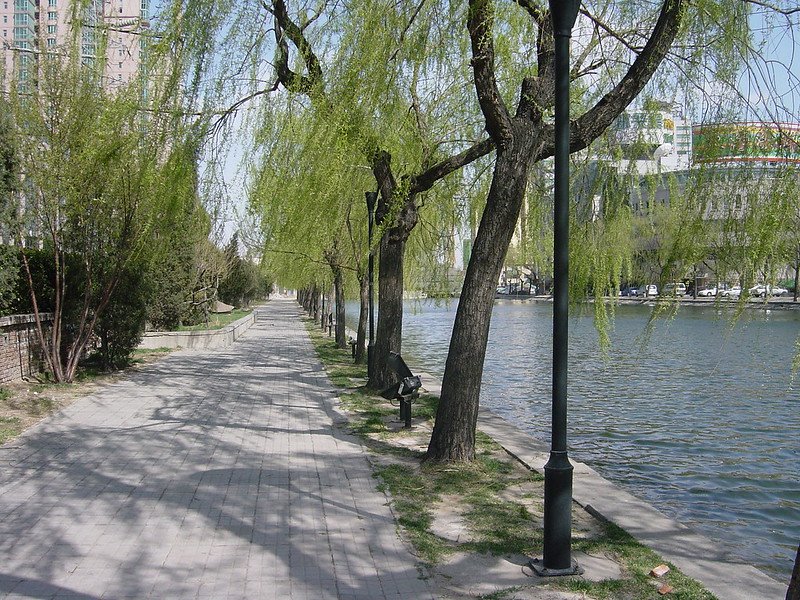Stick together
Despite L.A.’s great weather, only one percent of the city’s residents bike to work. Part of the reason? Undying car love. Another one? Few protected bike lanes.
To help Los Angeles cyclists commute with confidence, Fabian Wagmister, founder of the group Civic Bicycle Commuting (CiBiC), is creating opportunities for “carpooling, but on bikes.” Essentially, this means cycling together in small, tight groups of 10 or 12 — taking up about as much space as a car — and riding right down the middle of a traffic lane. These “pods” of riders coordinate with each other via an app that CiBiC has developed. Participants enter their location, their destination and their arrival time, and the app groups them together for a collective commute.
Crushed by negative news?
Sign up for the Reasons to be Cheerful newsletter.The pilot program, funded with a $1 million grant, launches October 1 and will focus mainly on riders in lower-income communities of color. “So many people say they would like to commute by bike, but are afraid to do so,” says Wagmister. “And so we started thinking, how can we make it safer?”
Read more at Bloomberg CityLab
Let it flow
Who is a river for? In post-industrial cities, that question isn’t always easy to answer — sometimes restored waterways become forces for displacement or sterile tourist traps. Sixth Tone takes a look at the transformation of Beijing’s Liangma River and finds an attempt to avoid these pitfalls, and instead “embed [the river] in people’s everyday lives.”

To some degree, Beijing is taking a lesson from Seoul, another city that restored its urban river. But Seoul’s Cheonggyecheon River project, while spectacular in many respects, also spiked real estate prices, displacing longtime riverside residents. Some of the public spaces it created have also been criticized as too tourist focused and overly programmed, devoid of the urban hubbub that makes the Korean capital lively.
To avoid that, Beijing is trying something unexpected. Rather than policing every inch of the revitalized Liangma River, the city’s infamous chengguan, or city management officers, are taking a more hands-off approach. Vendors are free to hawk their trinkets and street food, kayakers can launch from the weedy riverbanks, and picnickers can set out a spread and enjoy themselves. The result is a healing river that, to a surprising degree, is for the people who have long lived by its side.
Benevolent power
Grab a seat: Last week, Germany put the world’s first train line into service that is powered entirely by clean, green hydrogen.
The route, in Lower Saxony, is served by 14 trains powered by hydrogen fuel cell propulsion that leaves only steam and condensed water in its wake. With a range of over 600 miles, each train can easily complete an entire day of service on a single tank of hydrogen. The new rolling stock replaces a noisy, polluting fleet of diesel engines.
The president of Lower Saxony called the news a “model for the rest of the world,” and he may be right: Frankfurt has also ordered 27 hydrogen-powered trains, and in Italy, six trains have been commissioned for use in the northern Lombardy region.







